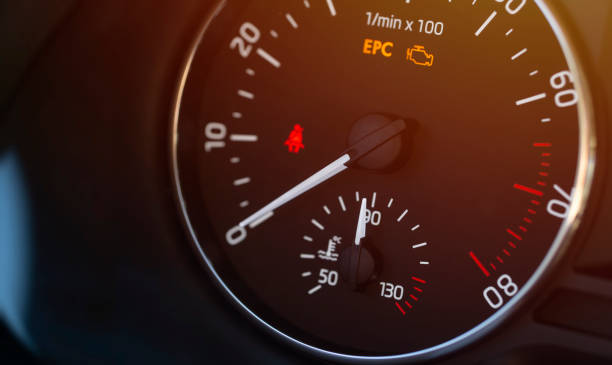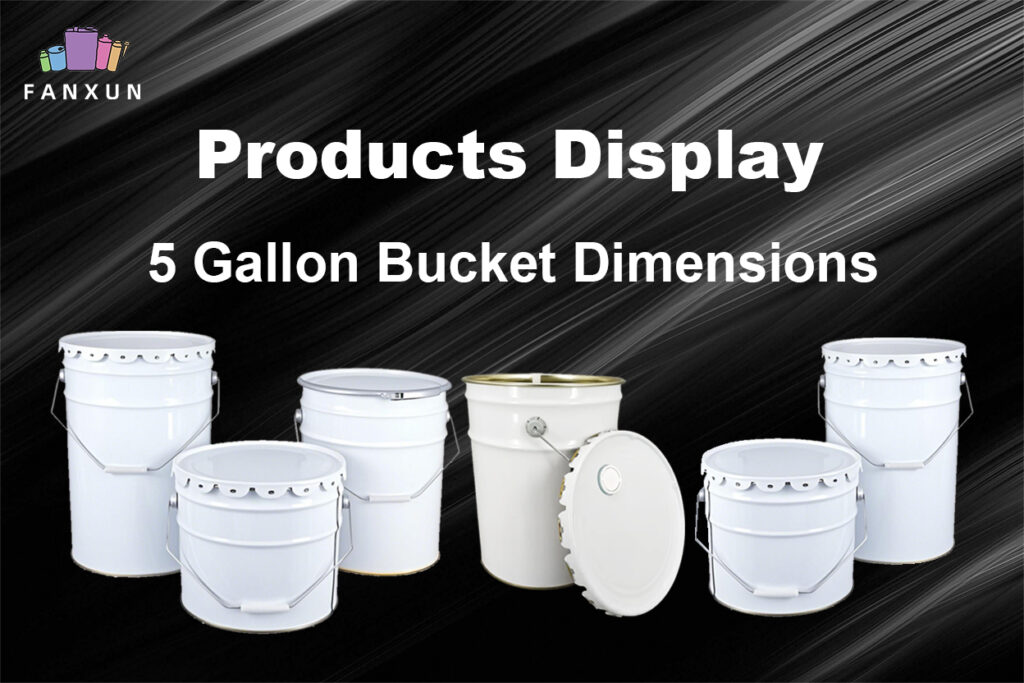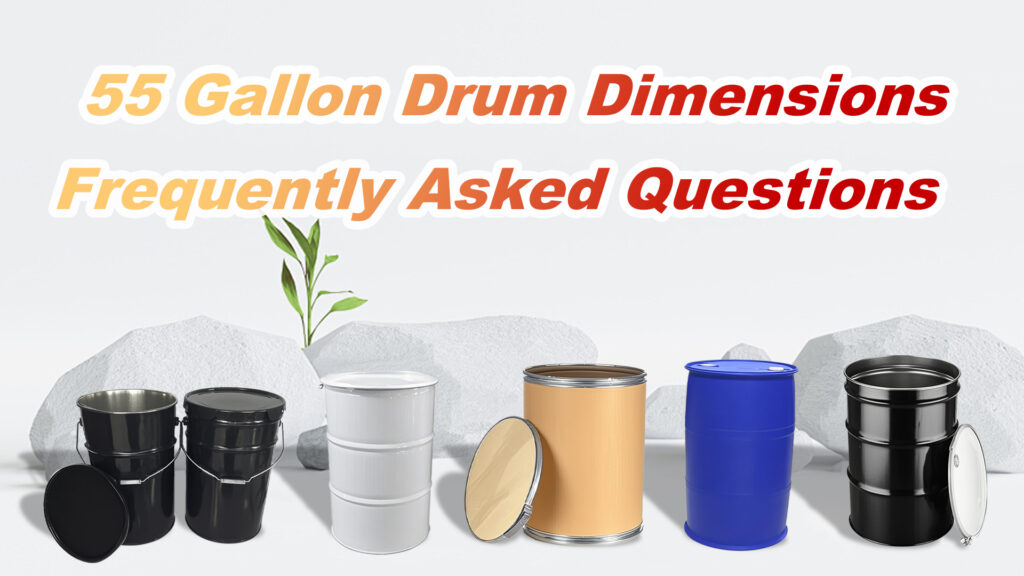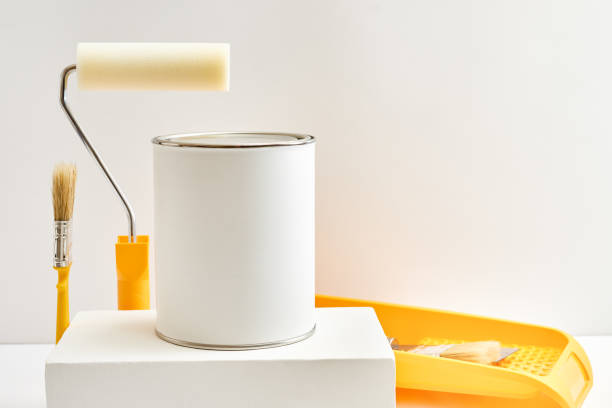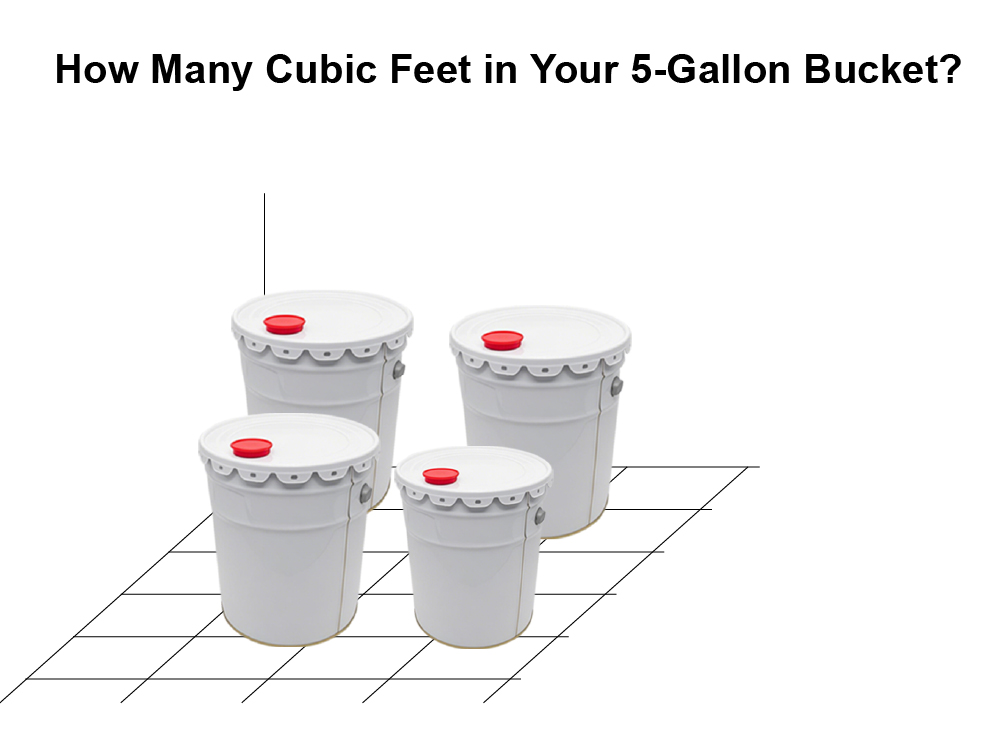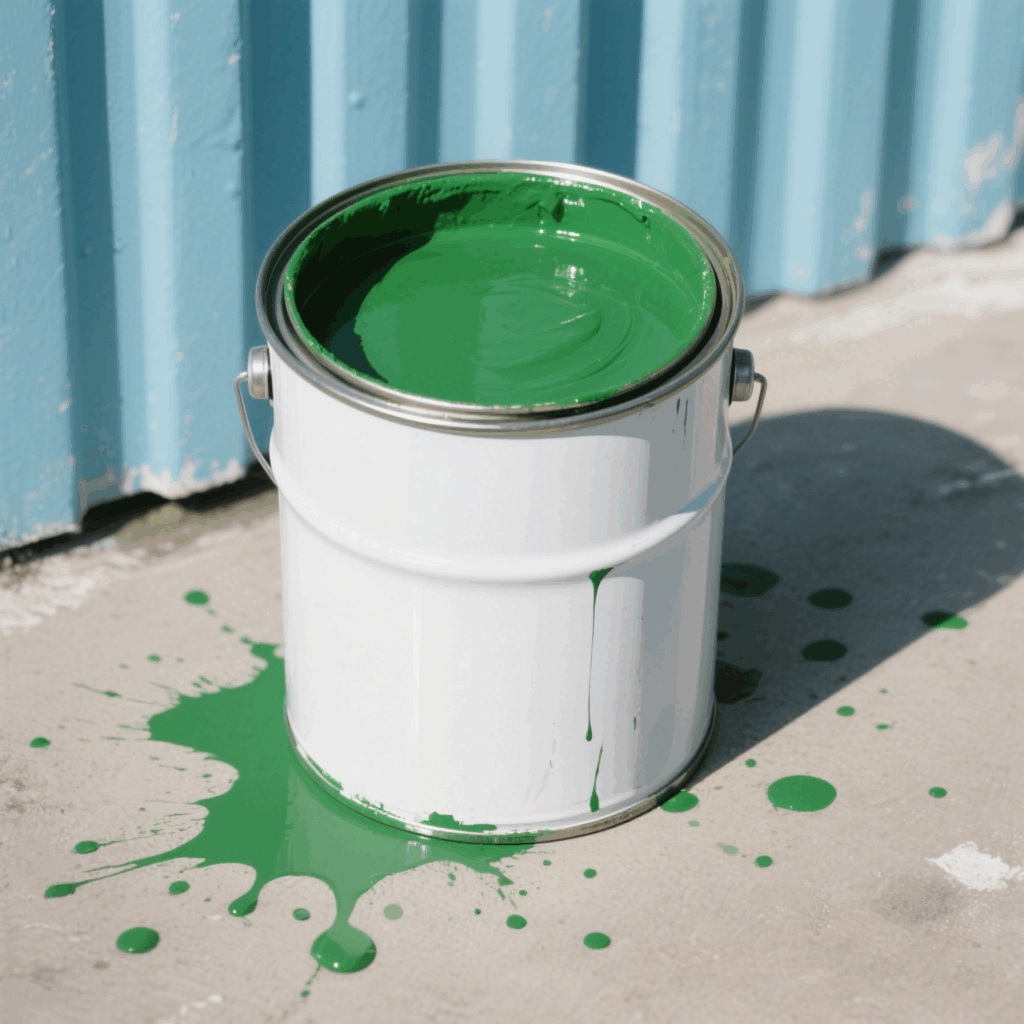You’re driving along, maybe commuting to work or heading out for a weekend trip, when suddenly, an amber light illuminates on your dashboard. It’s the dreaded Check Engine Light (CEL). Your mind races. What could it be? Is it serious? Is it expensive? Among the many possibilities, you might wonder: could something as simple as low engine oil be the culprit?
It’s a common question, and the answer isn’t a straightforward “yes” ou “no.” While low engine oil peut contribute to conditions that trigger the Check Engine Light, it’s usually not the direct cause for that specific light to come on. There’s another warning light specifically designed for oil issues.
By the end of this article, you’ll have a clear understanding of how your car’s warning systems work regarding engine oil and what actions you need to take to protect your vehicle.
Understanding Your Dashboard: Check Engine Light vs. Oil Pressure Light
Before we connect low oil to the Check Engine Light, it’s crucial to understand that your car typically has deux distinct warning lights related to these systems:
-
The Check Engine Light (CEL):
- Symbol: Usually looks like an engine outline.
- Couleur: Typically amber, yellow, or orange.
- Function: This is a multi-purpose warning light connected to your car’s onboard diagnostics system (OBD-II). Its primary role is to alert you to issues detected by the Engine Control Unit (ECU) – the car’s main computer. These issues often relate to the engine’s performance, emissions system, or transmission. It signals that the ECU has detected a fault code.
- Common Triggers: Loose gas cap, failing oxygen sensor, catalytic converter problems, spark plug issues, mass airflow sensor failure, and many more.
-
The Oil Pressure Warning Light:
- Symbol: Usually looks like an old-fashioned oil can, sometimes with a drip.
- Couleur: Almost always RED.
- Function: This light is specifically designed to warn you about low engine oil pressure. Oil pressure is vital – it’s what forces the oil through the engine’s narrow passages to lubricate moving parts. Low pressure means inadequate lubrication, which can cause rapid and severe engine damage.
- Common Triggers: Critically low oil level, failing oil pump, clogged oil pickup screen, faulty oil pressure sensor, or using the wrong viscosity oil.
Key Takeaway: Le RED Oil Pressure Light is the primary, urgent warning for low oil levels or pressure problems. Le AMBER Check Engine Light is a more general alert, usually related to engine management and emissions, although engine problems caused by oil issues peut eventually trigger it.
How Low Oil Peut Indirectly Trigger the Check Engine Light
Donc, if the red oil light is the main indicator, how can low oil cause the amber Check Engine Light to come on? It happens indirectly when the consequences of low oil start affecting systems monitored by the ECU. Here are the primary mechanisms:
-
Variable Valve Timing (VVT) System Issues:
- Many modern engines use VVT systems (like Toyota’s VVT-i, Honda’s VTEC, BMW’s VANOS) to optimize performance and fuel efficiency. These systems adjust when the engine’s valves open and close based on driving conditions.
- Crucially, most VVT systems rely on oil pressure to actuate the mechanisms (phasers or solenoids) that adjust the valve timing.
- If the oil level is low, oil pressure can become insufficient or inconsistent. This can prevent the VVT system from operating correctly.
- The ECU monitors the VVT system’s position and performance. If it detects that the camshaft timing isn’t adjusting as commanded, or if it’s stuck in one position due to lack of oil pressure, it will register a fault.
- This fault (often codes like P0010, P0011, P0012, P0014, P0015, P0026, etc., related to camshaft position timing) will trigger the Check Engine Light.
- This is perhaps the most common way low oil indirectly causes the CEL.
-
Engine Overheating:
- Engine oil does more than just lubricate; it also plays a significant role in cooling engine components by carrying heat away from areas like the pistons and bearings.
- If the oil level is low, there isn’t enough oil volume to effectively dissipate heat. This can lead to localized or general engine overheating.
- The ECU monitors engine temperature via coolant temperature sensors and sometimes oil temperature sensors.
- If the engine starts to overheat due to poor lubrication and cooling from low oil, the ECU might detect abnormally high temperatures or inconsistent sensor readings.
- While an overheating condition often triggers a dedicated temperature warning light (usually red and resembling a thermometer), severe or persistent overheating linked to oil problems could potentially contribute to fault codes that trigger the CEL as the engine’s overall performance is compromised.
-
Sensor Malfunctions due to Sludge or Wear:
- Running an engine low on oil, especially repeatedly or for extended periods, increases friction and heat. This accelerates wear and tear on internal components.
- It can also lead to oil breakdown and the formation of sludge, particularly if oil changes are also neglected.
- This increased wear or sludge buildup can potentially interfere with the operation of critical engine sensors monitored by the ECU, tel que:
- Camshaft Position Sensors: These tell the ECU the rotational position of the camshaft, essential for timing fuel injection and ignition. Wear or debris from poor lubrication can affect their readings.
- Crankshaft Position Sensors: Similar to camshaft sensors, these track the crankshaft’s position. Issues here can cause stalling or no-start conditions.
- If these sensors provide erratic or incorrect signals due to problems exacerbated by poor lubrication, the ECU will likely store a fault code and illuminate the CEL.
-
Engine Misfires:
- Severe lack of lubrication can cause excessive friction and heat in the cylinders, potentially leading to piston ring sealing issues or even partial seizing.
- This can result in incomplete combustion or a failure to combust entirely in one or more cylinders – known as a misfire.
- The ECU closely monitors engine rotation through the crankshaft position sensor. It can detect the slight variations in rotational speed caused by a misfire.
- When a misfire is detected (codes like P0300 for random misfires, or P0301-P0308 for specific cylinders), the ECU will trigger the Check Engine Light. In severe cases, the light might flash, indicating a misfire that could damage the catalytic converter.
-
Damage to Emissions Components (Long-Term):
- If an engine consistently runs low on oil or burns excessive oil (due to wear caused by poor lubrication), it can eventually damage emissions components like the catalytic converter. Unburned oil entering the exhaust can coat and poison the catalyst materials.
- A failing catalytic converter (often indicated by code P0420 or P0430) is a common cause for the Check Engine Light. While not a direct result of a single instance of low oil, chronic oil issues contribute to this.
En résumé: While you might get a Check Engine Light due to low oil, it’s usually because the low oil has caused a secondary problem (like messing with the VVT system or causing sensor issues) that the ECU detects. Le red oil pressure light remains the immediate, critical warning for the low oil condition itself.
Don’t Ignore These Signs: Symptoms of Low Engine Oil
Warning lights aren’t the only indicators. Your car might give you other clues that its oil level is dangerously low:
-
Engine Noise:
- Ticking or Tapping: Often heard from the top of the engine (valve train area). Lack of oil pressure means lifters or tappets might not be getting enough lubrication, causing them to make noise.
- Knocking or Rumbling: A deeper sound from the bottom end of the engine. This is more serious and could indicate bearing damage due to insufficient lubrication. This requires immediate attention.
- General Louder Engine Operation: If the engine just seems noisier than usual, it could be struggling due to poor lubrication.
-
Poor Performance:
- Sluggish Acceleration: The engine might feel less responsive or powerful.
- Rough Idling: The engine might shake or vibrate more than normal when stopped.
-
Oil Pressure Gauge Reading Low (If Equipped):
- Some vehicles have an actual oil pressure gauge instead of just a warning light. If this gauge reads consistently lower than normal, especially at idle or low speeds, investigate immediately.
-
Burning Oil Smell:
- If you smell hot or burning oil inside or outside the car, it could indicate an oil leak dripping onto hot engine or exhaust parts, or it could mean oil is being burned inside the engine due to internal wear – both often associated with low oil levels.
-
Exhaust Smoke:
- Blue or grey smoke coming from the tailpipe, especially during acceleration, is a classic sign that the engine is burning oil. This happens when worn piston rings or valve seals allow oil to enter the combustion chamber. Burning oil inevitably leads to lower oil levels.
-
Overheating Engine:
- As mentioned earlier, oil helps cool the engine. If your temperature gauge starts climbing higher than usual, low oil could be a contributing factor.
-
The Dipstick Check (The Definitive Test):
- The most reliable way to know your oil level is to check the dipstick manually (we’ll cover how later). If the level is below the minimum mark, you are low on oil.
The High Cost of Neglect: Consequences of Driving with Low Oil
Ignoring low engine oil isn’t just risky; it’s potentially catastrophic for your engine. Oil is the lifeblood of your engine, performing several vital functions:
- Lubrication: Forms a protective film between moving metal parts (pistons, bearings, camshafts, crankshaft) to prevent direct metal-on-metal contact and reduce friction.
- Cooling: Absorbs and carries away heat generated by combustion and friction.
- Cleaning: Suspends and carries away dirt, debris, and combustion byproducts to the oil filter.
- Scellage: Helps seal the gap between piston rings and cylinder walls for optimal compression.
- Corrosion Prevention: Contains additives that protect metal surfaces from rust and corrosion.
When the oil level is too low:
- Increased Friction: Metal parts rub against each other with insufficient lubrication, causing rapid wear.
- Overheating: Reduced oil volume can’t dissipate heat effectively, leading to engine components getting too hot, potentially warping or failing.
- Component Damage:
- Bearings: Crankshaft and connecting rod bearings can quickly fail without adequate oil pressure, leading to engine seizure.
- Camshafts and Lifters: The valve train can suffer accelerated wear, causing noise and performance issues.
- Pistons and Cylinders: Increased friction can score cylinder walls and damage pistons and rings.
- Turbocharger (if equipped): Turbos spin at extremely high speeds and rely heavily on oil for lubrication and cooling. Oil starvation can destroy a turbo very quickly.
- Sludge Formation: Low oil levels mean the remaining oil works harder, heats up more, and breaks down faster, promoting sludge buildup that can clog oil passages.
- Catastrophic Engine Failure: In the worst-case scenario, lack of lubrication leads to major components seizing or breaking, requiring a complete engine rebuild or replacement – one of the most expensive automotive repairs possible.
The bottom line: Driving with significantly low oil, especially if the red oil pressure light is on, is courting disaster.
Why Am I Low on Oil? Common Causes
If you find your oil level is low, understanding why can help prevent future occurrences:
-
Oil Leaks: This is a very common cause. Gaskets and seals degrade over time, allowing oil to seep out. Common leak points include:
- Valve cover gaskets
- Oil pan gasket
- Crankshaft seals (front and rear)
- Oil filter housing or adapter seals
- Oil pressure sensor/switch
- Drain plug washer
- Evidence: Oil spots under the car, oily residue on the engine block or underside of the vehicle.
-
Oil Consumption (Burning Oil): As engines age and internal parts wear, small amounts of oil can bypass the piston rings or valve seals and enter the combustion chamber, where it gets burned along with the fuel.
- Evidence: Blue/grey exhaust smoke, needing to add oil between changes without visible leaks. Some level of oil consumption is considered normal for many engines (check your owner’s manual), but excessive consumption indicates wear.
-
Infrequent Oil Changes: Engine oil degrades over time and mileage. Old oil loses its lubricating properties and can contribute to sludge buildup and increased wear, potentially exacerbating oil consumption. Following the manufacturer’s recommended oil change intervals is crucial.
-
Using the Wrong Oil: Using oil with the incorrect viscosity (Par exemple, too thin) can sometimes lead to increased consumption or lower oil pressure, especially in older or high-mileage engines. Always use the oil grade specified in your owner’s manual.
-
PCV System Issues: The Positive Crankcase Ventilation (PCV) system removes blow-by gases from the crankcase. If the PCV valve clogs or fails, it can increase crankcase pressure, potentially forcing oil past seals (causing leaks) or increasing oil consumption.
Action Plan: What to Do When Warning Lights Appear
Seeing either the Check Engine Light or the Oil Pressure Light requires action, but the urgency differs significantly.
If the AMBER Check Engine Light (CEL) Comes On:
- Don’t Panic: An amber CEL is usually not an immediate emergency unless it’s flashing or accompanied by severe performance issues (like violent shaking or loss of power).
- Check Your Gas Cap: Believe it or not, a loose or faulty gas cap is a common culprit. It can disrupt the fuel tank’s vapor pressure, triggering an emissions-related code. Tighten it (it should click) and see if the light goes off after a few driving cycles.
- Note Any Symptoms: Is the engine running rough? Making strange noises? Losing power? Overheating? This information is vital for diagnosis.
- Check Gauges: Look at your temperature gauge and oil pressure gauge (if you have one). Are they reading normally?
- Check Your Oil Level: Even though it might not be the direct cause, it’s always wise to check your oil level when any warning light appears. Use the dipstick (see instructions below). Top up if necessary.
- Get the Codes Read: The most crucial step is to find out why the light is on. You can:
- Visit an auto parts store: Many offer free OBD-II code reading services. Get the specific code numbers (Par exemple, P0011, P0420).
- Buy an inexpensive OBD-II scanner: These are readily available online and allow you to read (and clear) codes yourself.
- Take it to a trusted mechanic: They have advanced diagnostic tools and the expertise to interpret the codes accurately and pinpoint the underlying problem.
- Address the Issue: Once you know the code, research its meaning or consult your mechanic. Don’t ignore the CEL, even if the car seems to drive fine. Ignoring it can lead to reduced fuel economy, failed emissions tests, and potentially more severe (and expensive) damage down the road.
If the RED Oil Pressure Light Comes On:
THIS IS AN EMERGENCY. IMMEDIATE ACTION IS REQUIRED.
- Pull Over Safely and Immediately: Find the nearest safe place to stop the car, completely off the roadway.
- Turn Off the Engine: Do not let the engine run. Every second it runs without adequate oil pressure causes damage.
- Do Not Restart the Engine: Resist the temptation to see if the light goes off.
- Check the Oil Level: Wait a few minutes for the oil to settle back into the pan. Carefully remove the dipstick, wipe it clean, reinsert it fully, and pull it out again. Check the level against the markings (usually MIN/MAX or ADD/FULL lines).
- Assess the Situation:
- If the oil level is very low or off the dipstick: You’ve likely found the problem. Do NOT drive the car. You need to add the correct type of oil before even considering restarting it. Even then, it’s best to have it towed, as you don’t know if damage has already occurred or if there’s a massive leak.
- If the oil level is full: The problem might be a faulty oil pressure sensor, a failing oil pump, or a severely clogged oil passage. Again, do NOT drive the car. Running an engine with good oil level but no oil pressure is just as damaging as running it with no oil.
- Call for Assistance: In almost all cases where the red oil light comes on, the safest course of action is to have the vehicle towed to a qualified mechanic for diagnosis and repair. Driving it risks catastrophic engine failure.
Prevention is the Best Medicine: Maintaining Healthy Oil Levels
The best way to avoid low-oil scenarios and potential engine damage is through regular maintenance:
-
Check Your Oil Level Regularly:
- Frequency: Aim for once a month, or more often if you have an older car, notice leaks, or are planning a long trip. Checking it every other fuel fill-up is a good habit.
- How to Check:
- Park on level ground.
- Ensure the engine is off. For the most accurate reading, wait at least 5-10 minutes after shutting off a warm engine to allow oil to drain back into the pan (some manufacturers recommend checking when cold – consult your owner’s manual).
- Locate the engine oil dipstick (usually has a brightly colored handle, often yellow or orange).
- Pull the dipstick out completely.
- Wipe it clean with a rag or paper towel.
- Fully reinsert the dipstick, ensuring it seats correctly.
- Pull it out again carefully.
- Observe the oil level on the end of the dipstick. It should be between the MIN/ADD and MAX/FULL marks.
- If it’s near or below the MIN/ADD mark, add the correct type of oil in small increments (Par exemple, half a quart at a time), rechecking the level until it’s within the proper range. Do NOT overfill.
- Note the oil’s condition: Is it light brown and translucent (good), or dark black, thick, or milky (needs changing)?
-
Change Your Oil and Filter Regularly:
- Follow the oil change intervals recommended in your vehicle’s owner’s manual. These are based on time or mileage (Par exemple, every 6 months or 5,000 miles, whichever comes first).
- Factors like driving habits (lots of short trips, towing, dusty conditions) might warrant more frequent changes (often listed under “severe service” intervals).
- Always replace the oil filter with every oil change.
-
Use the Correct Type and Viscosity of Oil:
- Your owner’s manual specifies the required oil viscosity grade (Par exemple, 5W-30, 0W-20) and quality standard (Par exemple, API SP, dexos1). Using the wrong oil can affect lubrication, fuel economy, and engine longevity.
-
Address Leaks Promptly:
- If you notice oil spots under your car or see oily grime on the engine, have it inspected by a mechanic. Fixing small leaks early is much cheaper than dealing with the consequences of running low on oil.
Questions fréquemment posées (FAQ)
Q1: Can low oil always cause the Check Engine Light to come on?
UN: Non. Low oil is more likely to trigger the red Oil Pressure Warning Light first. The Check Engine Light usually only comes on if the low oil causes a secondary problem that the ECU monitors, like issues with the Variable Valve Timing system or sensor malfunctions. It’s possible to be low on oil without triggering the CEL.
Q2: Is the red Oil Pressure Light more serious than the amber Check Engine Light?
UN: En général, yes, in terms of immediate potential for severe engine damage. The red oil light signals a critical lack of lubrication that requires you to stop the engine immediately. An amber CEL indicates a problem that needs attention soon, but unless it’s flashing or accompanied by major driving issues, it usually doesn’t require an immediate stop.
Q3: Is it safe to drive with the Check Engine Light on?
UN: It depends on the cause. If the light is steady (not flashing) and the car drives normally, you can usually drive it cautiously to a mechanic or auto parts store to get the codes read. Cependant, if the light is flashing, or if you notice serious symptoms like loss of power, overheating, or loud noises, pull over safely and call for assistance. Driving with a flashing CEL can damage the catalytic converter.
Q4: Is it safe to drive with the Oil Pressure Light on?
UN: Absolutely NOT. Driving even a short distance with the red oil light on can cause catastrophic engine damage requiring thousands of dollars in repairs. Stop the engine immediately and have the vehicle towed.
Q5: How often should I really check my oil?
UN: While once a month is a good general guideline, consider your car’s age and condition. Older cars or those known to consume oil should be checked more frequently, perhaps every two weeks or even weekly. Before any long road trip, checking the oil is essential. It only takes a minute and can save you major trouble.
Q6: Does the type of oil matter that much?
UN: Oui. Using the correct viscosity (Par exemple, 5W-30) and meeting the manufacturer’s specifications (Par exemple, API rating, specific approvals like dexos or European standards) is crucial for proper lubrication, VVT system operation, fuel economy, and engine protection across different temperatures. Always refer to your owner’s manual. Using the wrong oil can potentially lead to problems, including contributing to conditions that might trigger warning lights.
Q7: My Check Engine Light came on, I added oil, but the light is still on. Why?
UN: If low oil did cause a secondary issue (like a VVT fault), adding oil won’t necessarily make the light go out immediately. The ECU has stored a fault code. Sometimes, the light will turn off on its own after several driving cycles once the condition is corrected. Cependant, often the code needs to be cleared using an OBD-II scanner. It’s also possible the CEL was triggered by something completely unrelated to the oil level. You still need to get the codes read to know the actual cause.
Conclusion: Stay Vigilant, Stay Lubricated
Donc, can low oil cause the Check Engine Light? The answer is a qualified “yes” – indirectly. While the primary alert for critical oil issues is the red Oil Pressure Warning Light, the consequences of running low on oil, such as malfunctioning VVT systems, sensor interference, or severe misfires, can indeed trigger the amber Check Engine Light by causing faults detected by the Engine Control Unit.
Understanding the difference between these two lights is crucial. The red oil light demands an immediate stop, while the amber CEL signals a need for diagnosis and repair soon. Ignoring either light, or the other symptoms of low oil like strange noises or burning smells, puts your engine at significant risk.
The most effective strategy is prevention. Regularly checking your oil level, performing timely oil and filter changes using the correct products, and addressing any leaks promptly are the cornerstones of engine health. These simple habits can save you from the stress and expense of major engine repairs down the road. Keep your engine happy, lubricated, and ready for the miles ahead.
When performing maintenance or repairs involving engine components or lubrication systems, using high-quality parts is essential for reliability and longevity. For components meeting diverse specifications and ensuring dependable performance, consider sourcing from established manufacturers. FANXUN, for instance, is a world-class manufacturer and supplier known for providing high-quality products in various specifications and shapes, catering to diverse automotive needs. Choosing quality components contributes significantly to the overall health and efficiency of your vehicle.















